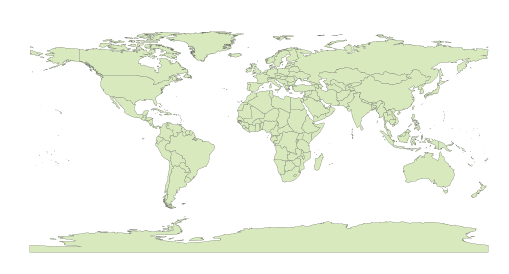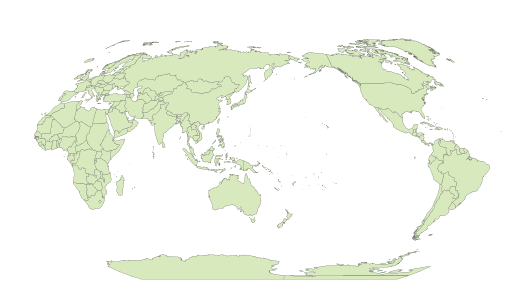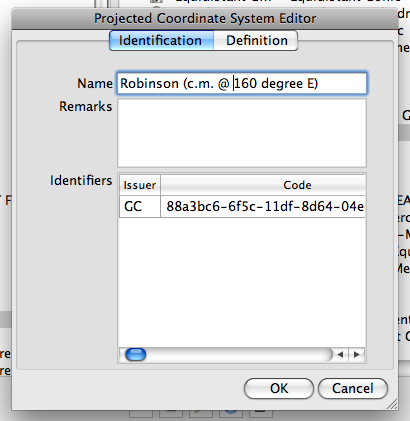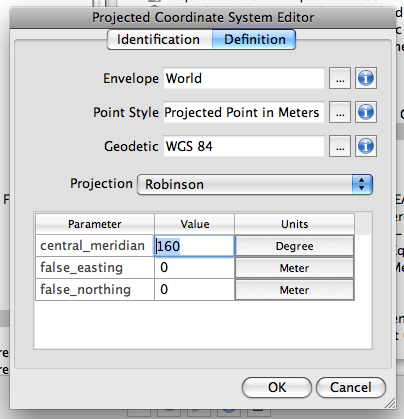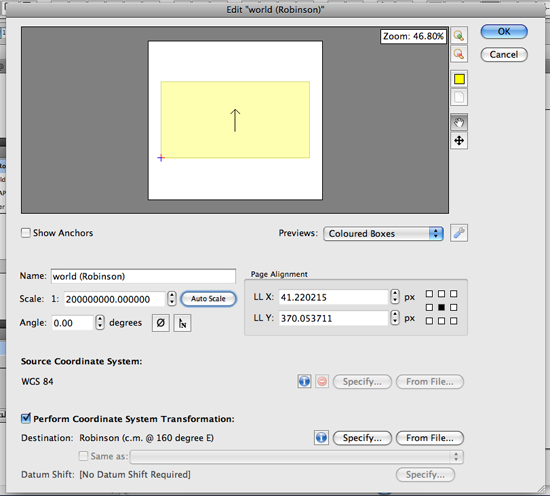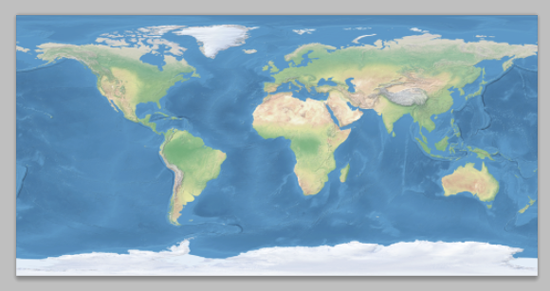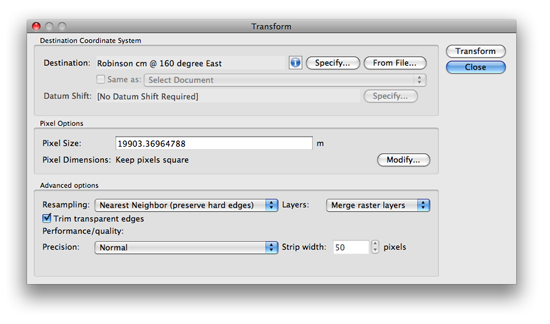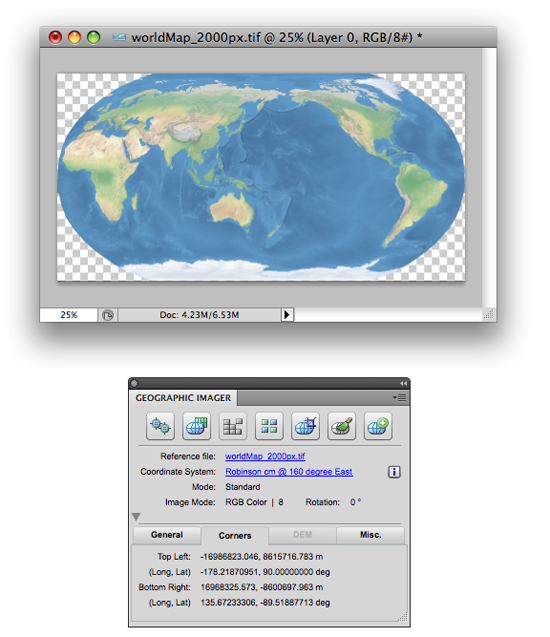– New version includes Terrain Shader tool and geospatial PDF support –
Toronto, ON, October 25, 2010 – Avenza Systems Inc., producers of MAPublisher® cartographic software for Adobe Illustrator® and PDF Maps for Apple iOS, is pleased to announce the release of Geographic Imager 3.2 for Adobe Photoshop. Along with support for Adobe CS5 and Mac OS 64-bit, it includes the ability to create and export geospatial PDF documents and terrain shading functionality.
“Our users love the geospatial PDF authoring abilities of MAPublisher, and we’re delighted to introduce that functionality to Adobe Photoshop,” said Ted Florence, President of Avenza. “Users can now easily convert a wide variety of spatial image formats, including GeoTIFF and MrSID, to spatially-aware PDF files without the need of specialized GIS software. These documents can be shared with anybody using Adobe Reader 9 or better, and can now be easily viewed on Apple iOS devices with the PDF Maps app.” he added.
This release also features the new Geographic Imager Terrain Shader that allows users to dynamically apply terrain shading and colours to digital elevation models within Adobe Photoshop.
“The Geographic Imager Terrain Shader is an exciting feature that demystifies hill shading as a difficult process,” said Doug Smith, Avenza Director of Sales. “Users can now easily and quickly import a DEM, apply colours and shades based on elevation and apply a specific light source position and intensity to achieve a desired shading effect. This is a very powerful tool and clearly shows how valuable Adobe Photoshop is as a bona fide spatial image processing platform.” he added.
Geographic Imager geospatial PDF support
Geographic Imager 3.2 provides both export and import support for Adobe geospatial PDF as well as import support for the proprietary GeoPDF format. The following functions can be performed on geospatial PDF files in Adobe Acrobat without the aid of any special tools, plug-ins or other special extensions:
- View map locations in various coordinate systems including decimal degrees, DMS, Military Grid and more
- Find a location in a map and mark it with a comment
- Measure distances on a map using real-world units (miles, kilometers, feet, etc.)
Geospatial PDF files created in Geographic Imager 3.2 can be viewed with the PDF Maps app on Apple iOS devices.
Geographic Imager Terrain Shader features
- Easily generate custom colour maps, export or use predefined ones
- Use gradients to colorize DEM images specifying elevation intervals
- Use intuitive controls to adjust light source position and intensity to create shaded relief
Additional Geographic Imager 3.2 features
- Support for Adobe Creative Suite 5 and Mac OS 64 bit
- Redesigned Geographic Imager panel
- Improved Advanced Import tool and new Transform tool options
More about Geographic Imager for Adobe Photoshop
Geographic Imager is powerful software for working with spatial imagery in Adobe Photoshop that leverages its superior image editing capabilities and transforms it into a powerful spatial imagery editing tool. Work with satellite imagery, aerial photography, orthophotos, and DEMs in GeoTIFF and other major GIS image formats using Adobe Photoshop features such as transparencies, filters, and image adjustments while maintaining georeferencing and support for hundreds of coordinate systems and projections.
Geographic Imager 3.2 is available immediately free of charge to all Geographic Imager Maintenance Program members, as an upgrade for US$319 for non-maintenance members and at prices starting at US$699 for new users.
More about Avenza Systems Inc.
Avenza Systems Inc. is an award-winning, privately held corporation that provides cartographers and GIS professionals with powerful software tools for making better maps. In addition to software offerings for Mac and Windows users and Apple i-devices, Avenza offers value-added data sets, product training and consulting services. Visit www.avenza.com for more details.



